Having been to Japan six times now, I often impress—and, frankly, shock—Japanese people with my passion for their country. And it’s not just quantitative: they’re intrigued by the sorts of destinations I choose.
For example, when I tell locals I meet that I’ve walked a part of the Nakasendo Way, the remnants of an ancient trading route that once connects Kyoto and Edo (as Tokyo was once known), they can’t believe I even know what it is—many of them don’t.
The Nakasendo, of course, is fascinating enough that you should walk it irrespective of being able to get a rise out of people when you tell them you’ve done so. That is, if you can manage to evade the bears and killer bees that lurk along its periphery.
How to Walk the Nakasendo
The Nakasendō (Japanese: “Central Mountain Route”) on the whole, is loosely—and broadly—defined, but most tourists start walking it in the picturesque town of Magome, then continue on to Tsumago—and, perhaps, beyond to onward destinations such as Narai, Shiojiri and Kiso-Fukushima.
To reach Magome, take an express or Shinkansen train to the large Japanese city of Nagoya, then a local service to Nakatsugawa, from which a twice-hourly bus can take you to Magome to begin your walk.
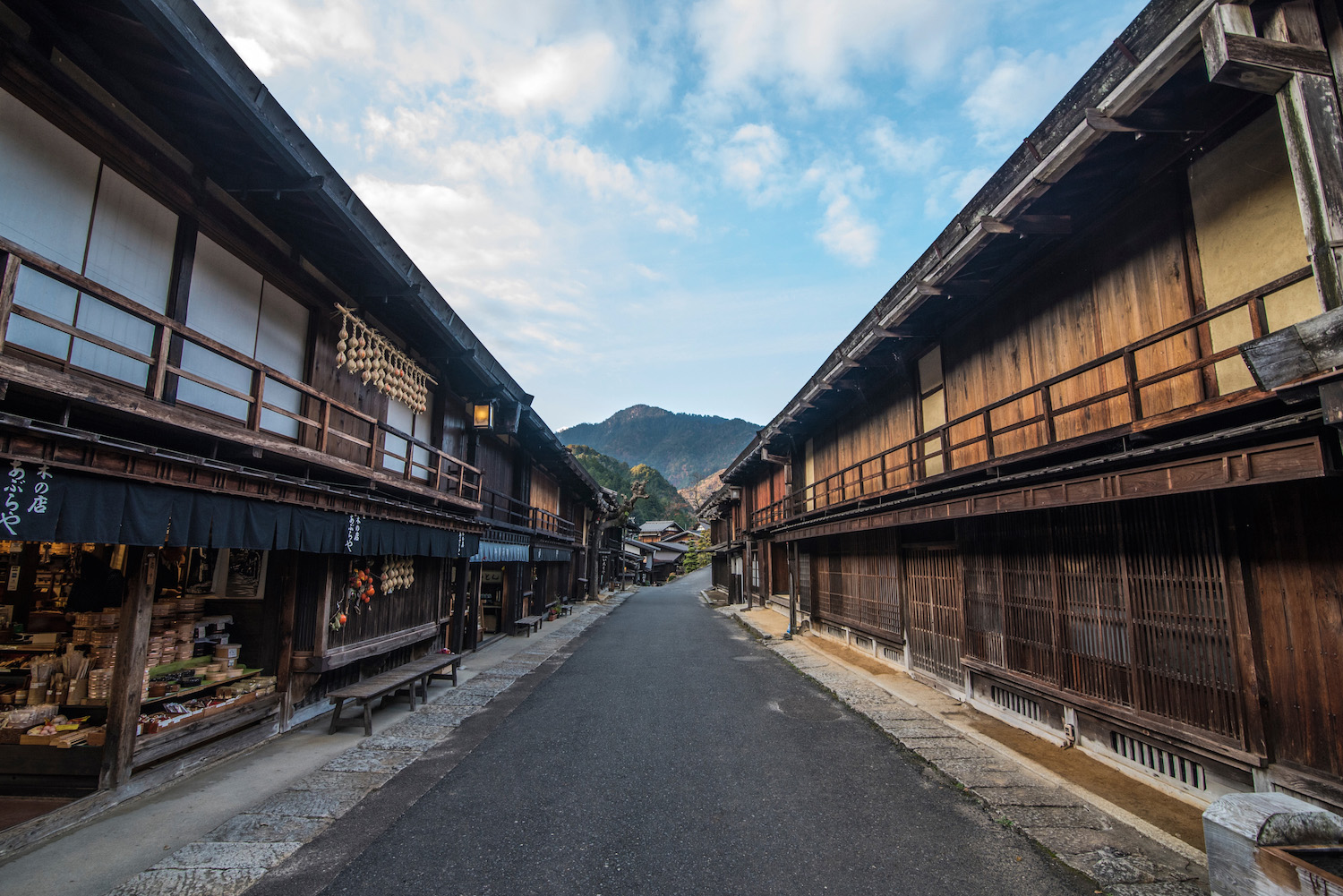
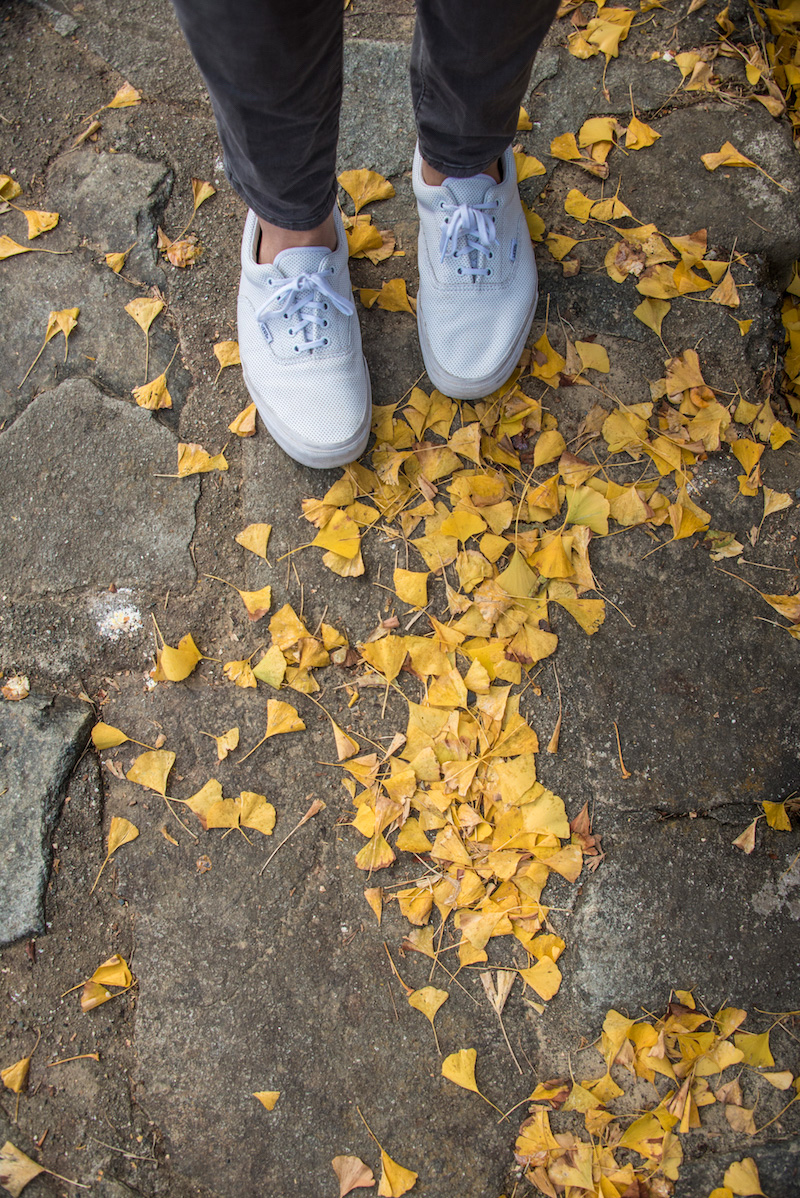
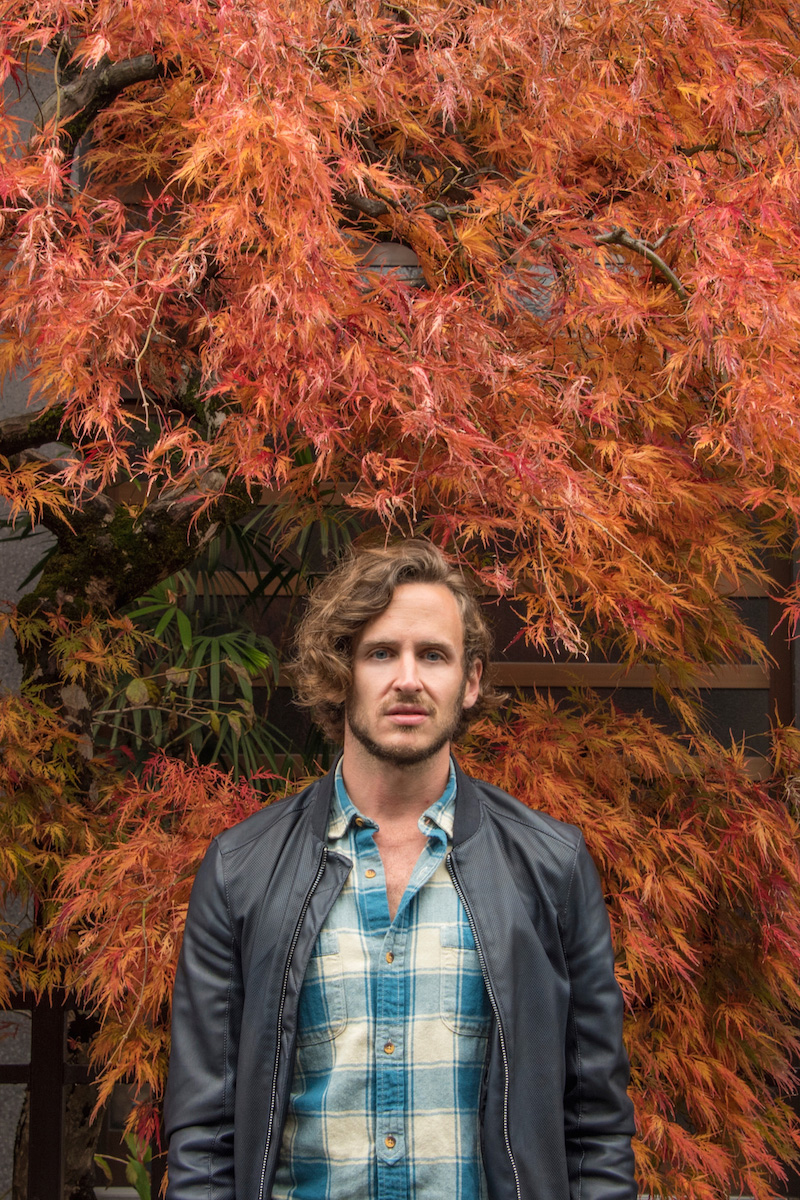

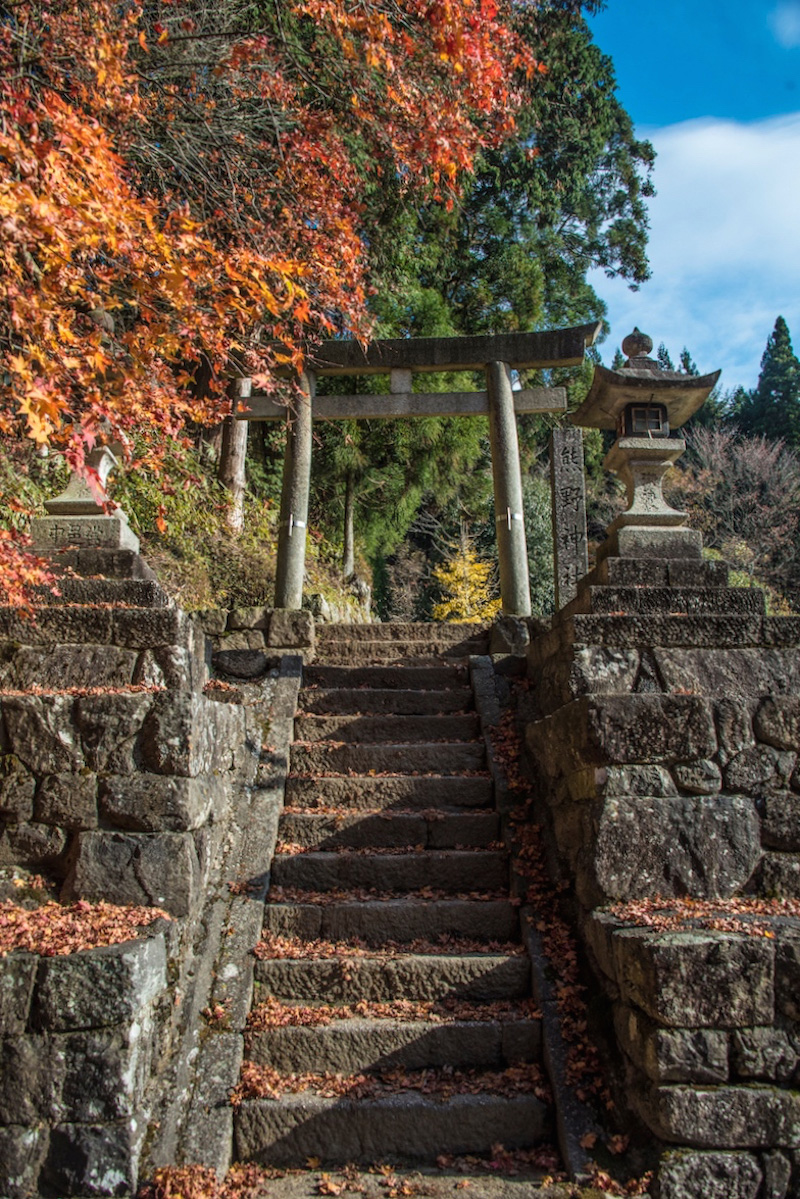

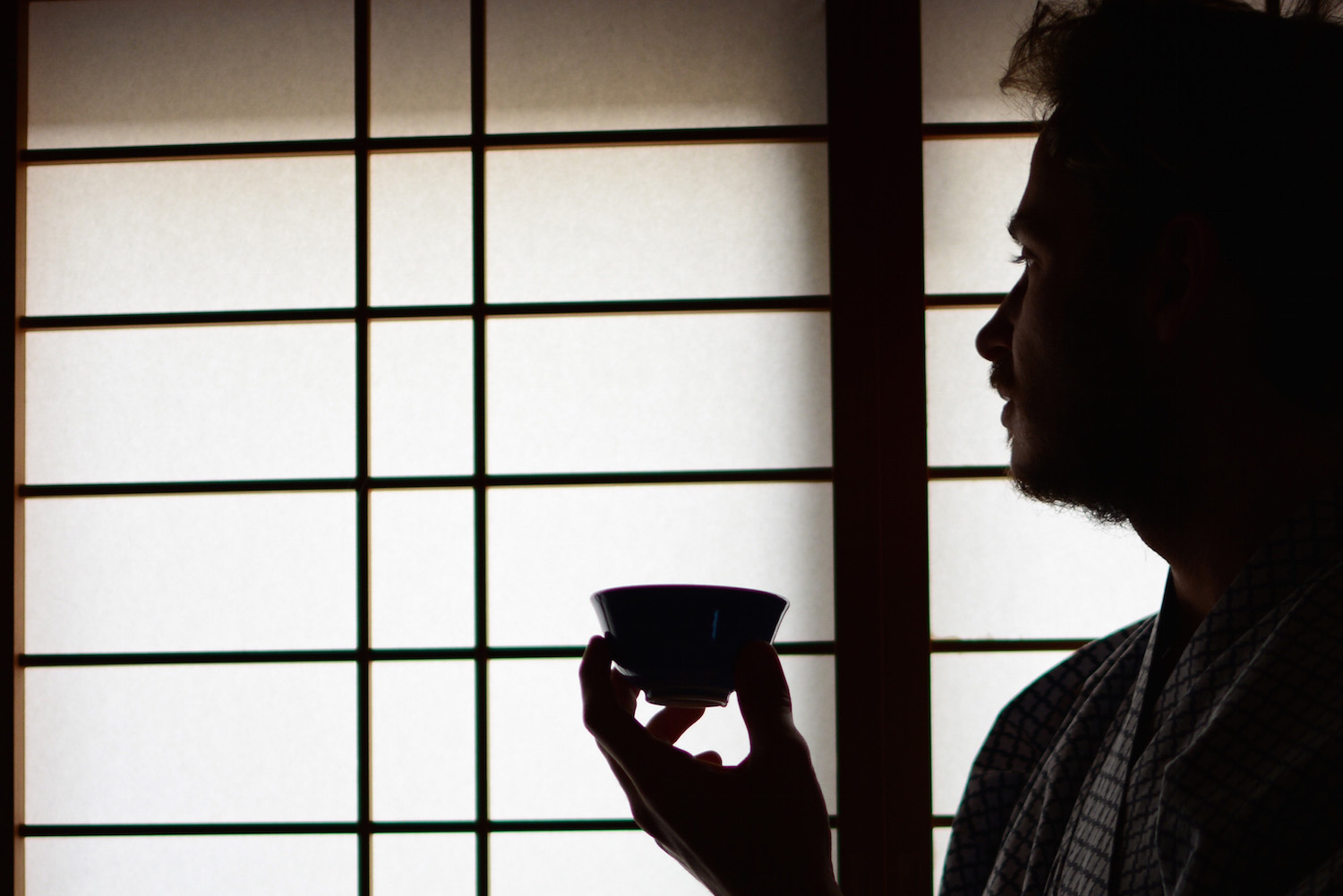
Where to Stay Along the Nakasendo
How far along the Nakasendo you walk depends on two factors: Your fitness and how many nights you want to spend there. For example, I spent a day walking from Magome to Tsumago, before heading onward toward other (non-walkable) locales in the Japanese Alps; I spent the night at a guest house in Tsumago.
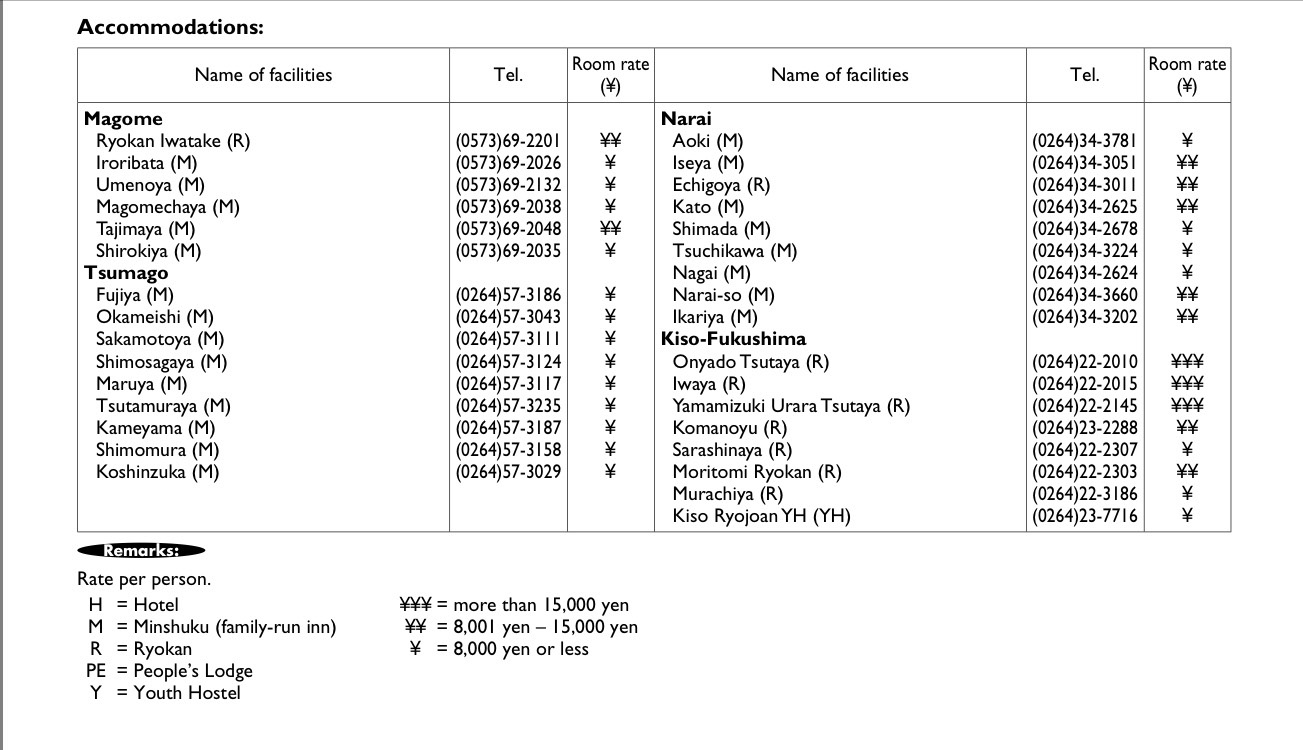
Since it’s difficult to anticipate how far along the Nakasendo you’ll walk (or, to be sure, want to walk), you will likely book accommodation as you go.
The image above isn’t an exhaustive list of Nakasendo accommodations, but is a great starting point, particularly if a Japanese person is willing to call the numbers on it for you.
What About Those Bees and Bears?
Sure, there are some scary creatures lurking along the periphery of the ancient highway—namely, killer bees (technically, Asian giant hornets) and bears, to ward off which you should periodically ring the bells set up along the sides of the trail. The good news is that I got neither stung nor eaten; the bad news is that I thought about both possibilities almost the entire time I walked.
When to Walk the Nakasendo
As you can tell looking at my photos, I walked the Nakasendo in autumn—specifically, the second week of November. Fall colors notwithstanding, this is a beautiful time of year to walk the Nakasendo, with pleasant weather, moderate crowds and drying persimmons hung everywhere. Of course, the dead of winter notwithstanding, there’s really not a bad time to walk the Nakasendo.
The Bottom Line
The Nakasendo Way is not a destination many first-time (or even second- or third-time) visitors to Japan hone in on, but is a worthy excursion for anyone up for a good hike and some incredible ancient scenery. Fall and spring provide the best scenery and weather, but the trail is walkable most any other part of the year.

Robert Schrader is a travel writer and photographer who’s been roaming the world independently since 2005, writing for publications such as “CNNGo” and “Shanghaiist” along the way. His blog, Leave Your Daily Hell, provides a mix of travel advice, destination guides and personal essays covering the more esoteric aspects of life as a traveler.









